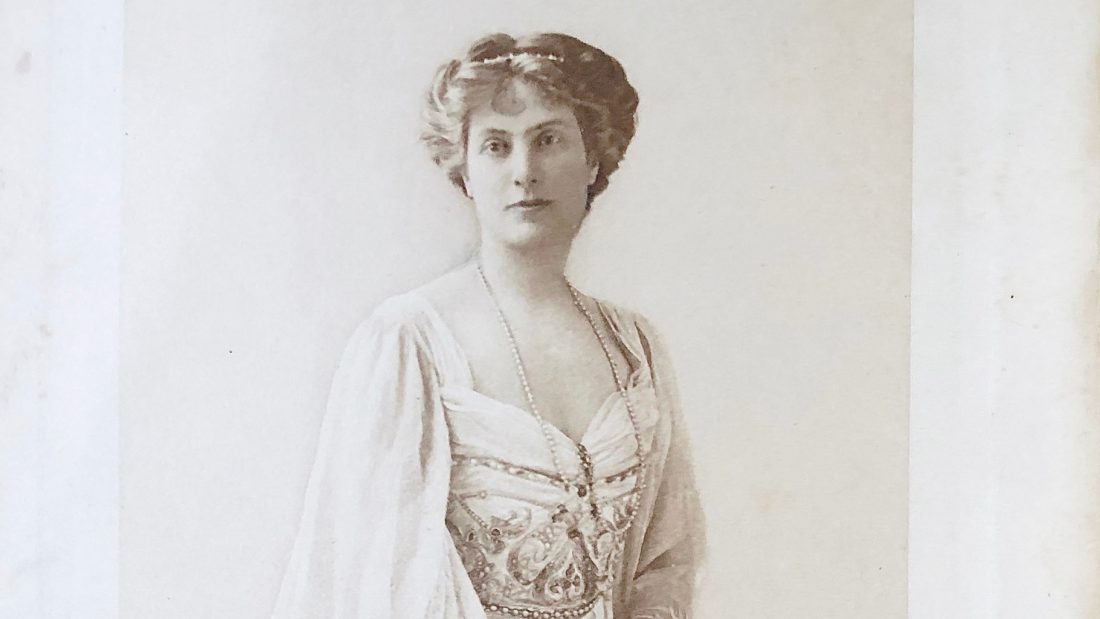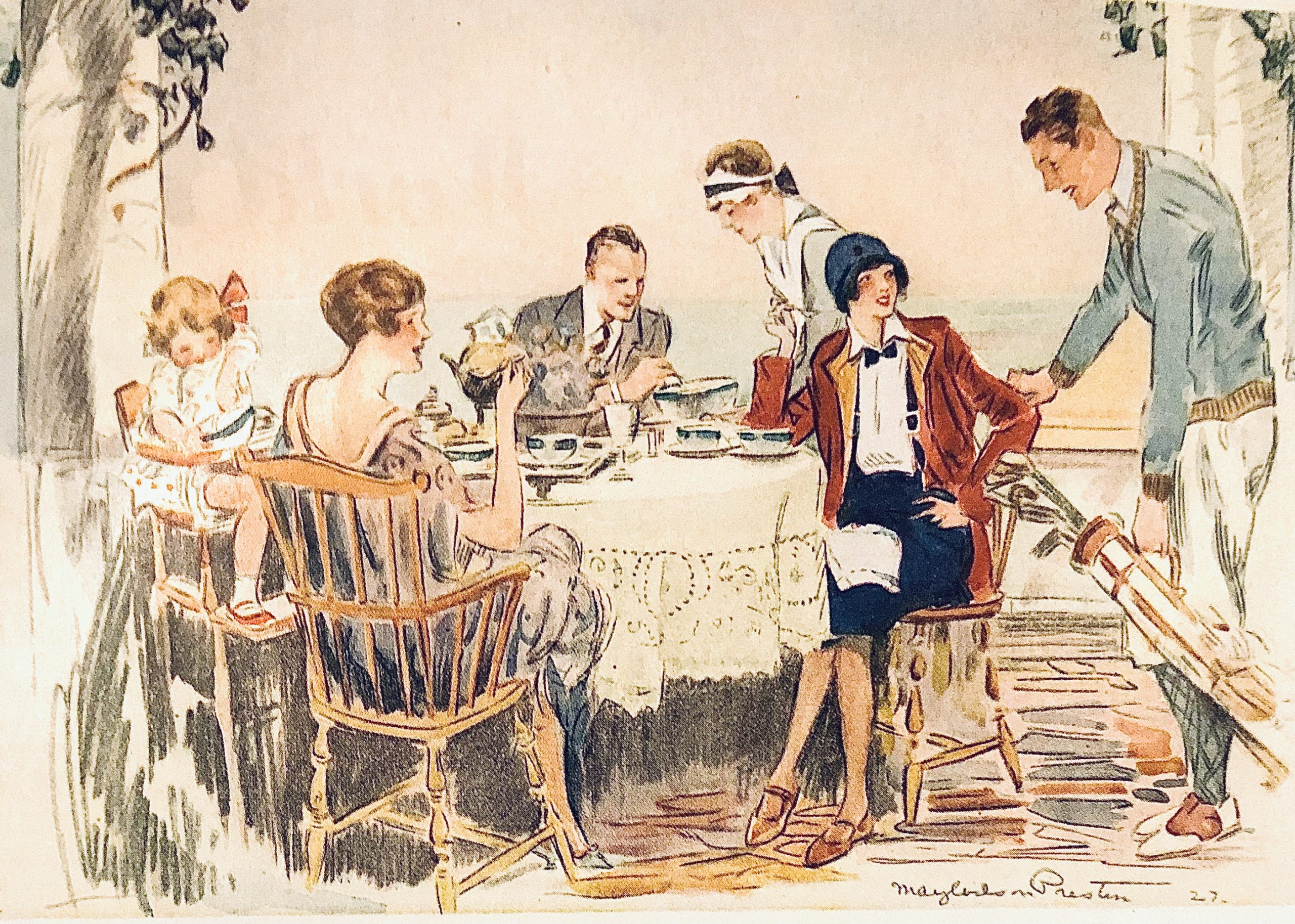One of my favorite etiquette books is The Social Fetich by Lady Agnes Geraldine Grove (1908). Now, this isn’t a comprehensive book covering lots of topics. Rather the author covers just a few of what she considers areas of concern, some of which are pretty darn obscure. Case in point, a chapter on beginning and ending letters.
“I have also been asked whether it is considered more ceremonious to begin a letter, “Dear So and So,” or “My dear So and So.” I should think there could be no doubt that the most formal manner possible in which to begin a letter, other than that of a purely business nature, would be, “Dear Mr. or Mrs. So and So.” The sense of possession conveyed by the “my” renders it distinctly more familiar if not more friendly. I have been told that it is understood in America that “My dear” is the more ceremonious form, and that “Dear Mrs. Smith” is distinctly more intimate in tone. This may be so, but I cannot understand the reasoning by with it can be so considered, unless in this somewhat round-about fashion. In French, for instance, I understand that the possessive pronoun is used in a protective sense to an inferior, and in this somewhat subtle way the beginning, “Dear Mrs. Smith,” might be thought to imply terms of greater equality and thus less restraint. But the idea is far-fetched, and the more natural and obvious method in writing seems to me preferable.”
That is a lot of complicated thought into what many might say is the easiest part of writing a letter. Then again, first impressions mean a lot.
For wrapping up a letter, Ms. Grove lists a “Scale of Warmth” for the writer to follow so as to perfectly calibrate the affection or regard one has for the recipient of the letter:
Yours truly
Yours very truly
Yours sincerely
Yours very sincerely
Yours most truly
Yours most sincerely
Yours ever
Yours affectionately
Yours very affectionately
Yours most affectionately
Your loving
Your very loving
Your most loving
Later, she says: ““Yours ever” is more often used between men and men, and implies terms of bonne camaraderie…”. It is sad that we have lost the warmth between men friends that would have allowed such a sign off. Indeed, when you read letters between platonic men-friends of the 18th and early 19th centuries, you’ll find a florid, loving way of speaking that has been lost to the imposed “macho” culture that began to appear in the early 20th century.
Reading this list made me think about all the ways we sign on and off our emails. We have become a far less formal world, so I find myself writing, “Hello!” as an email greeting, rather than “Dear So and So”. I quite like the older form of greeting, but I was assured by a young business acquaintance, that when read by a person under thirty-five, it sounded out of touch.
As for signing off, for work I think that “Best,” for lack of a better word is best. Though I receive emails with “Best wishes,” and “Sincerely,” as sign offs and I like both of those as well. As for those you hold near and dear, you’ll have to go with your gut. Nothing is quite as fraught as the moment when you decide to end an email “Love,” with someone whom you haven’t done so before.
Lest anyone think that these openings and endings don’t have the potential for mishaps, I have lately begun signing off with an X to my friends and loved ones, the only problem is that sometimes I do it automatically and put them on the end of my work emails. Oh, dear.
I hope you are all well and happy. Yours most affectionately, Cheri



